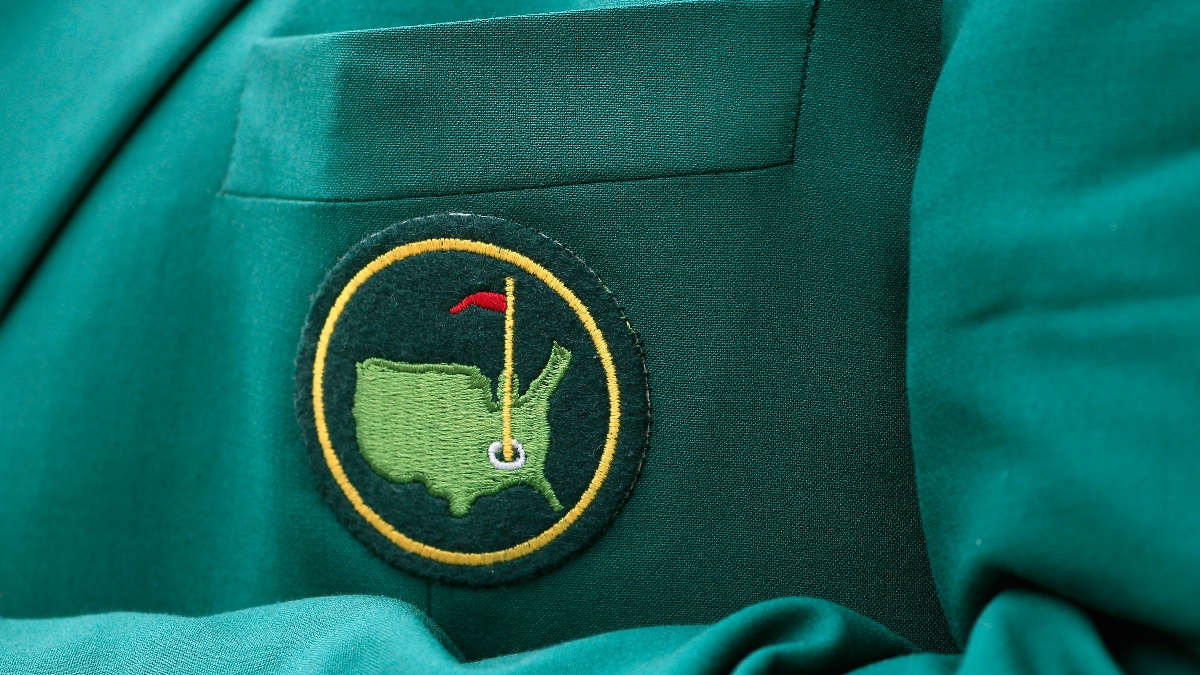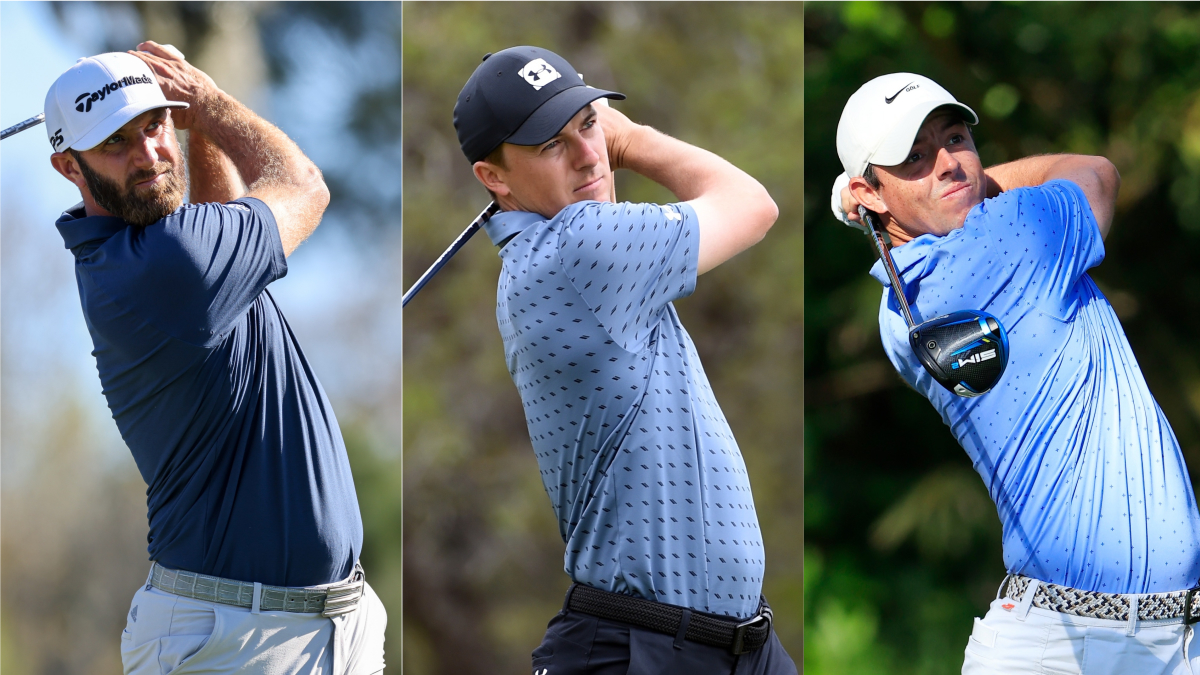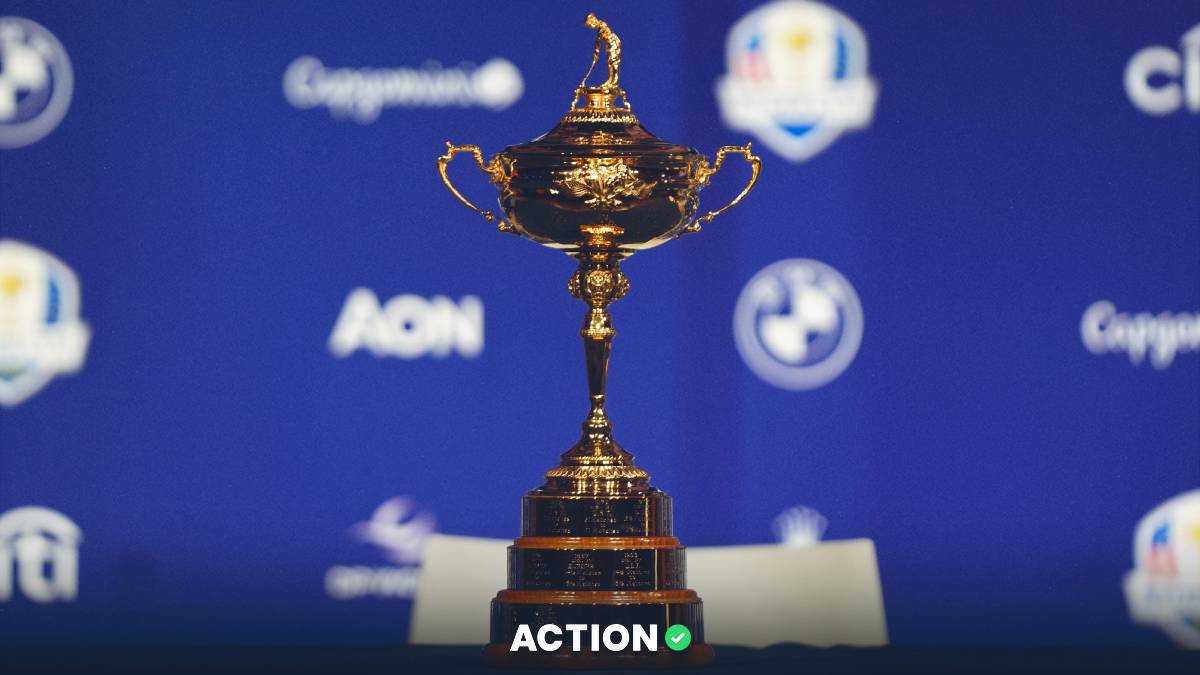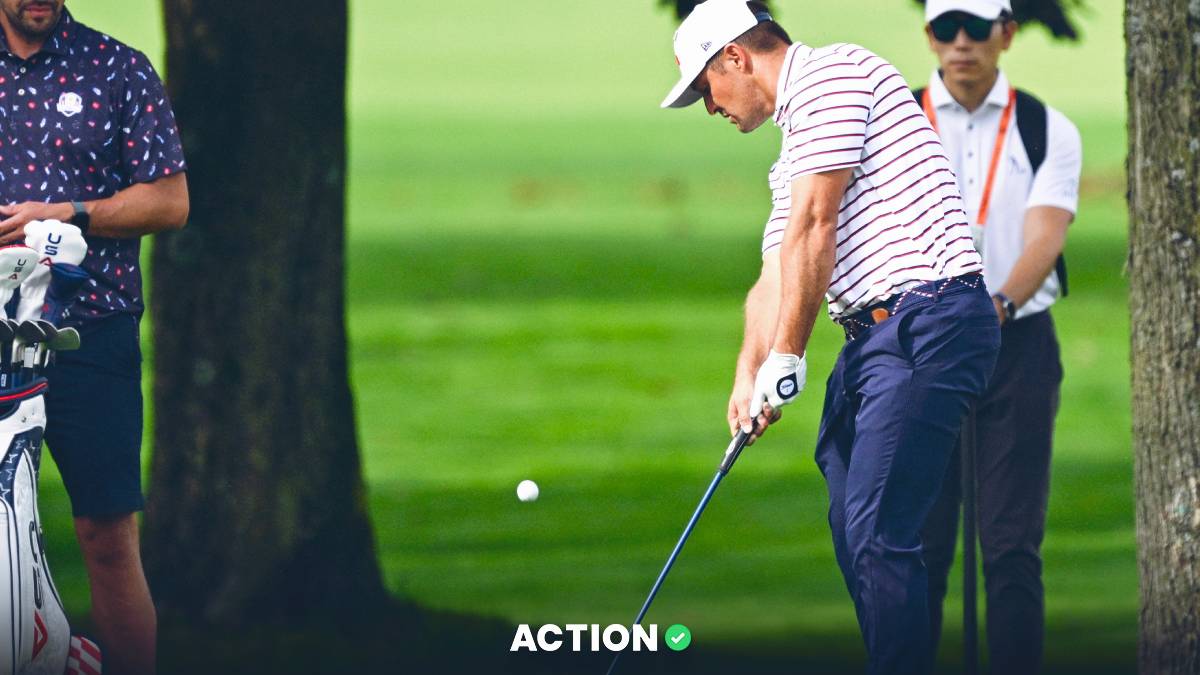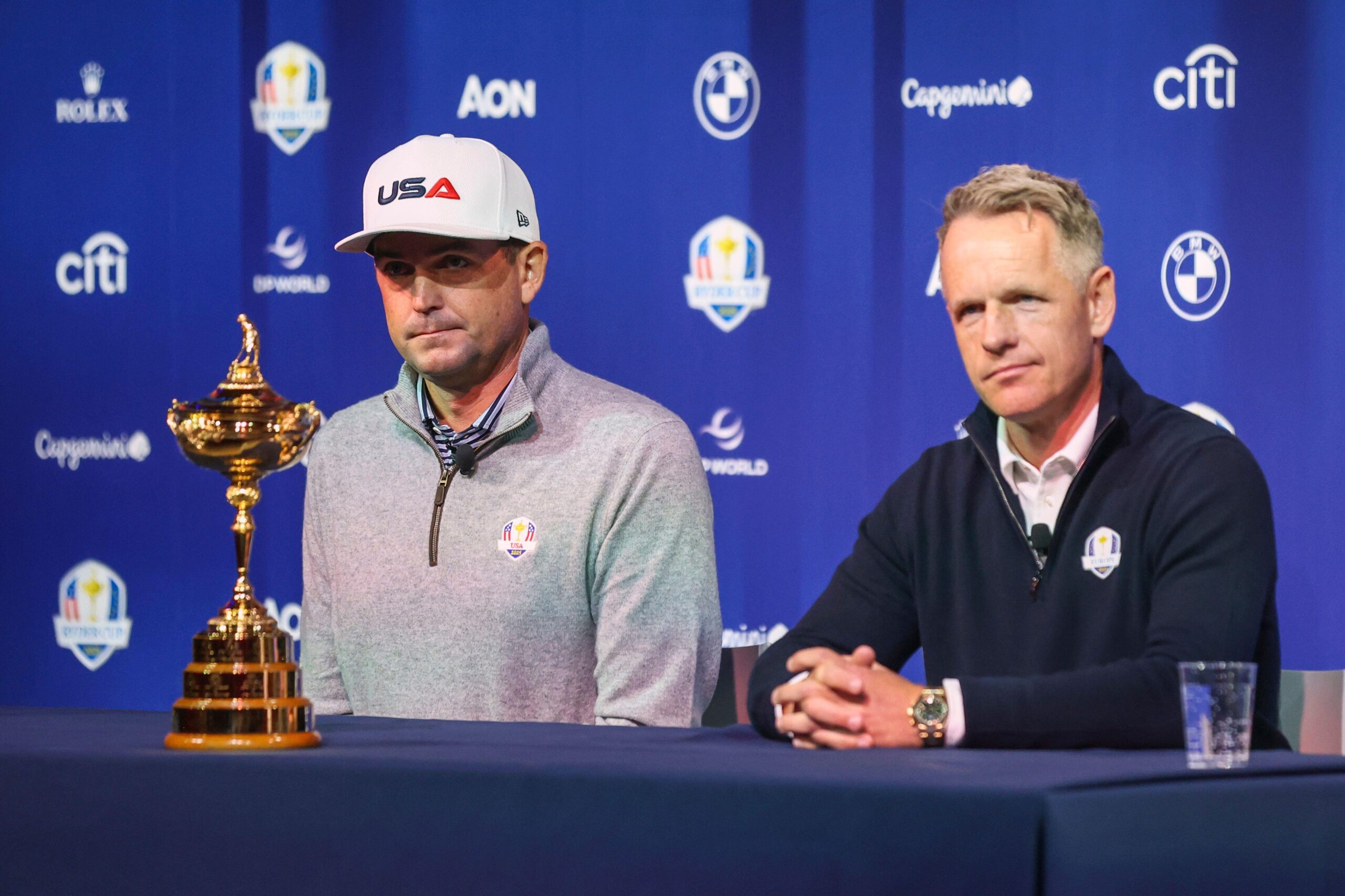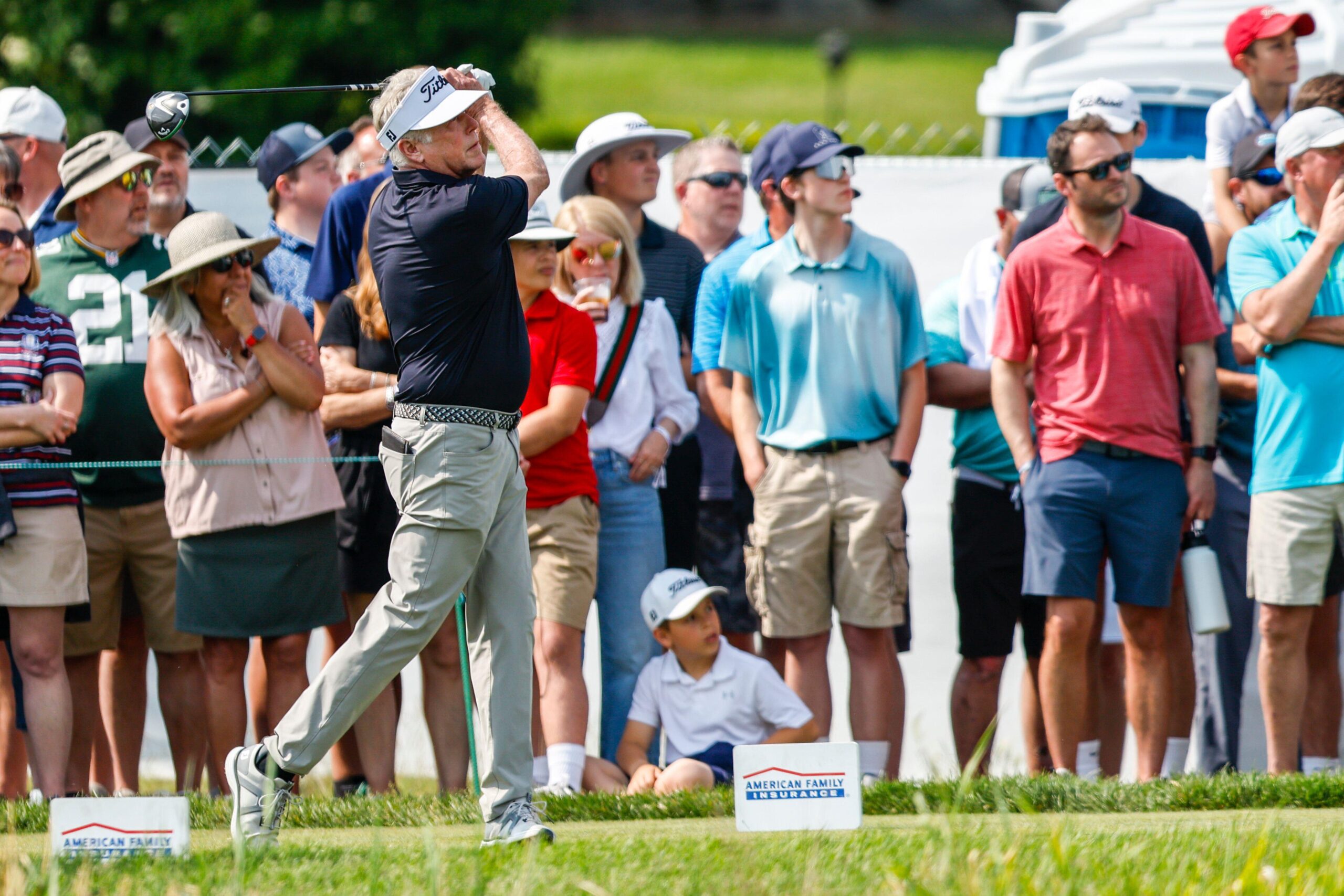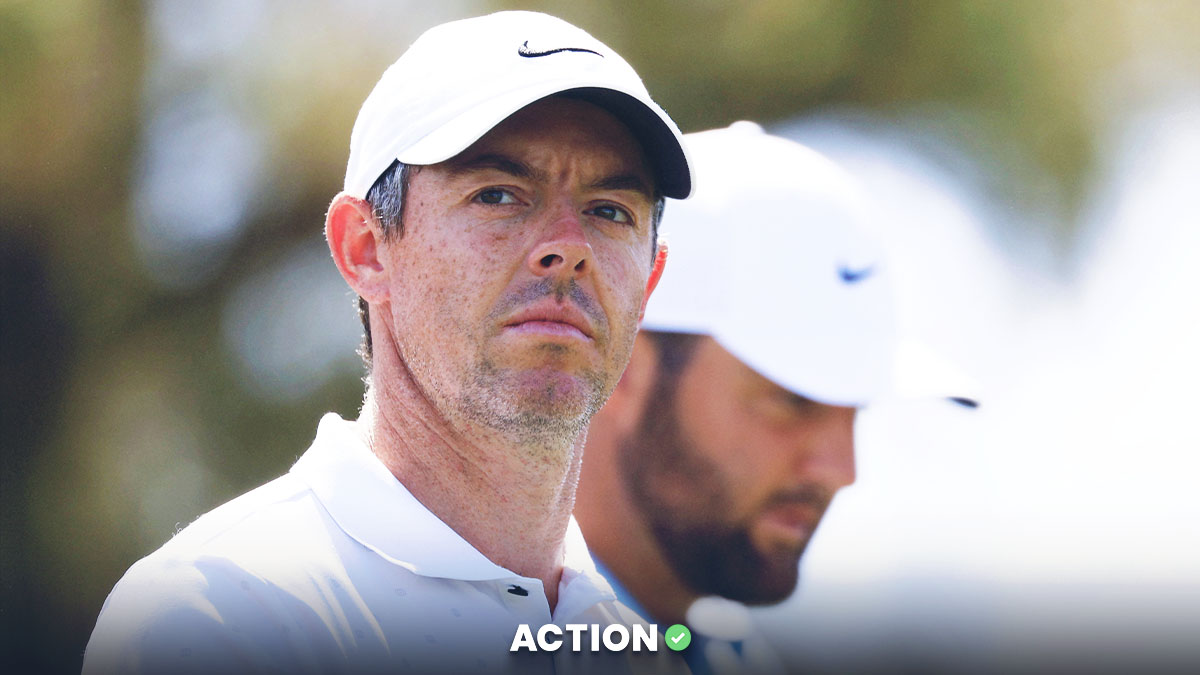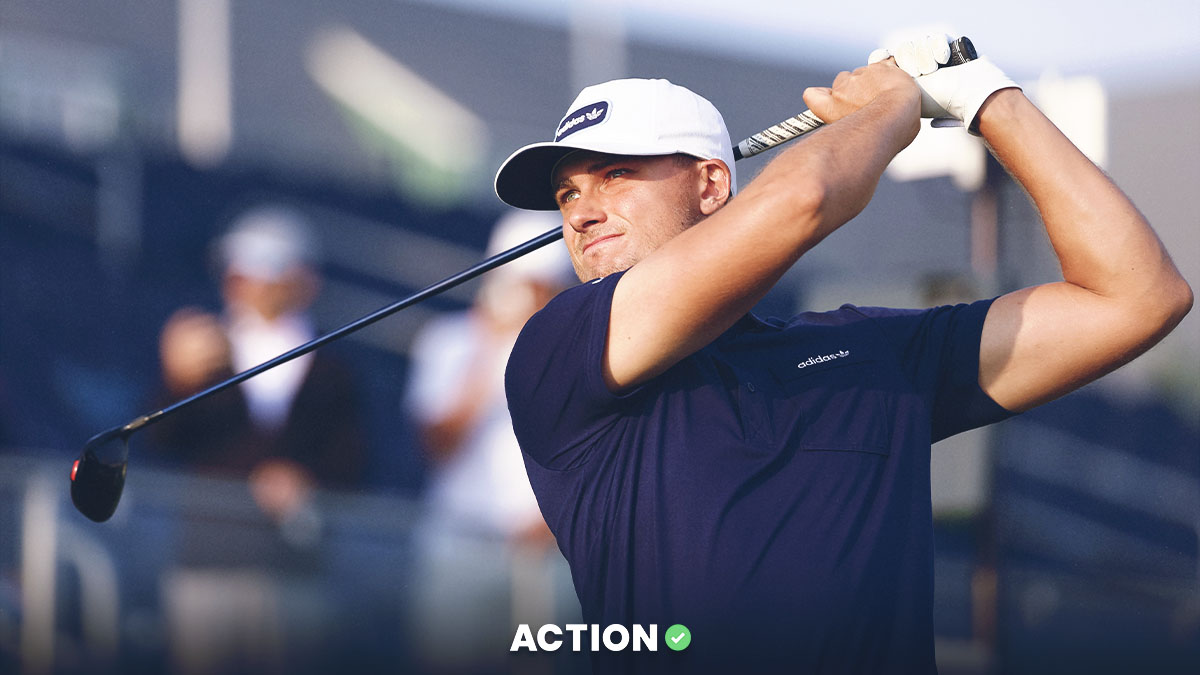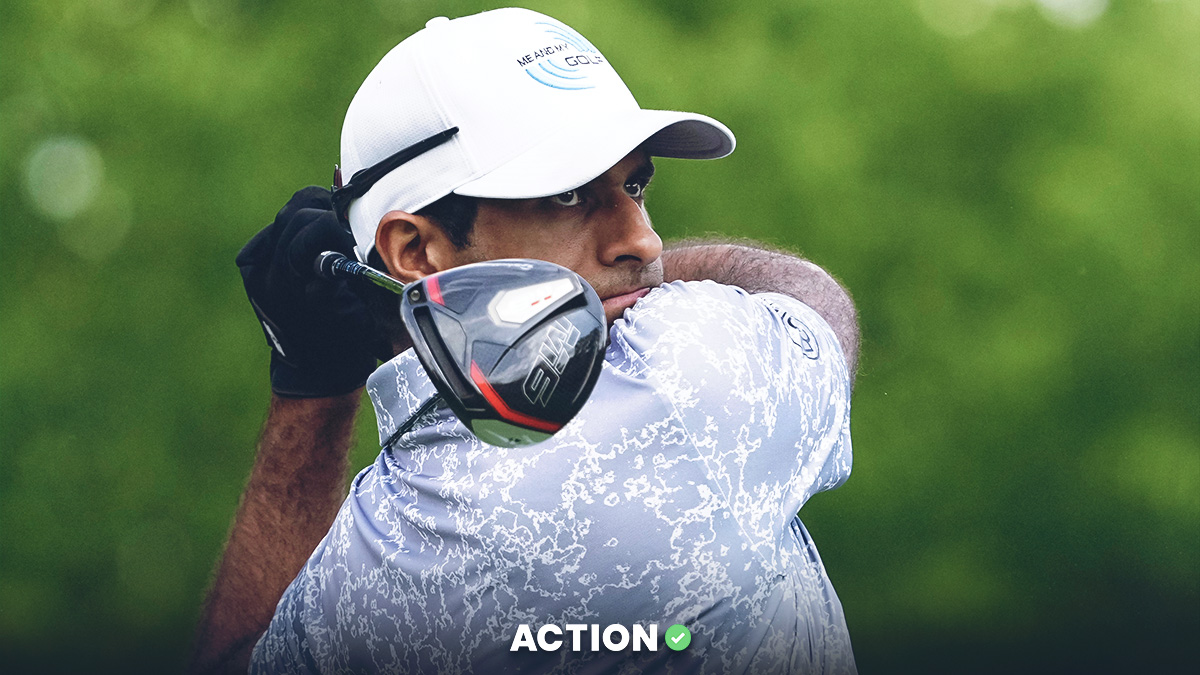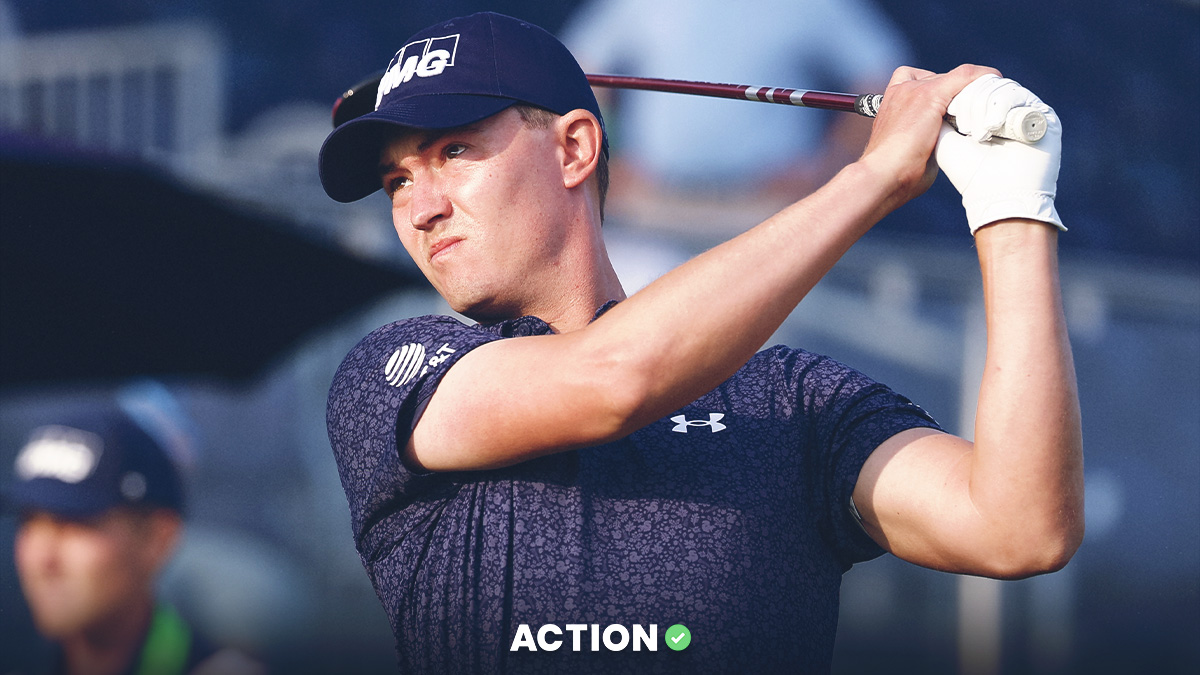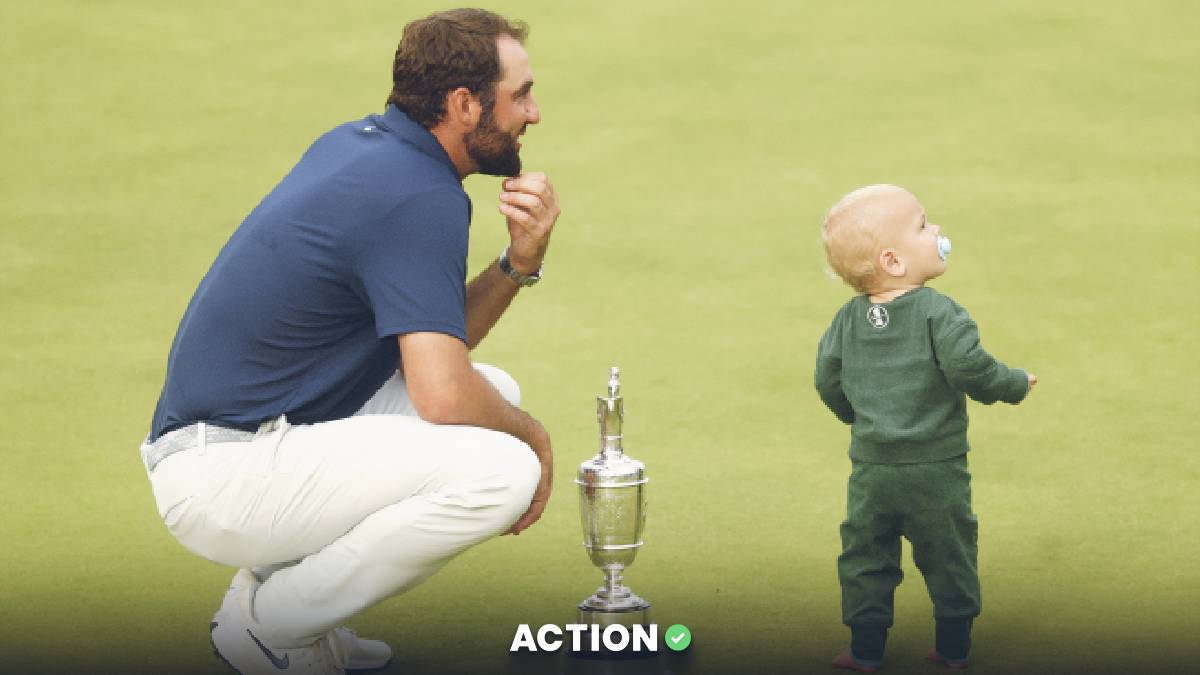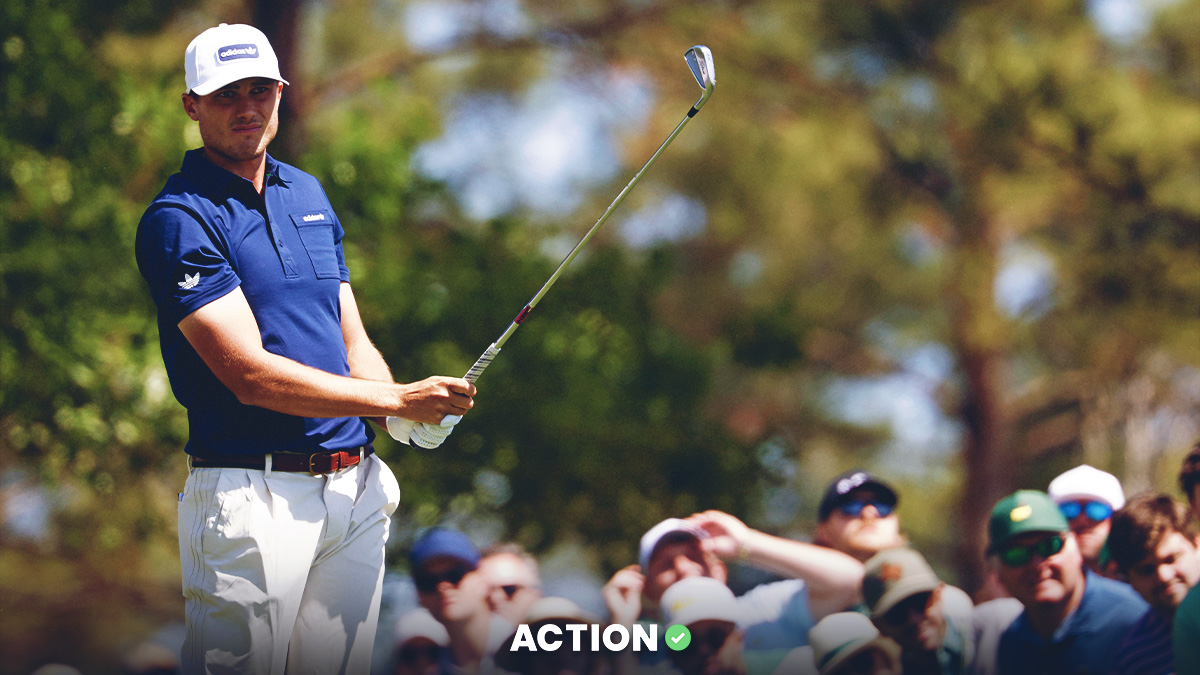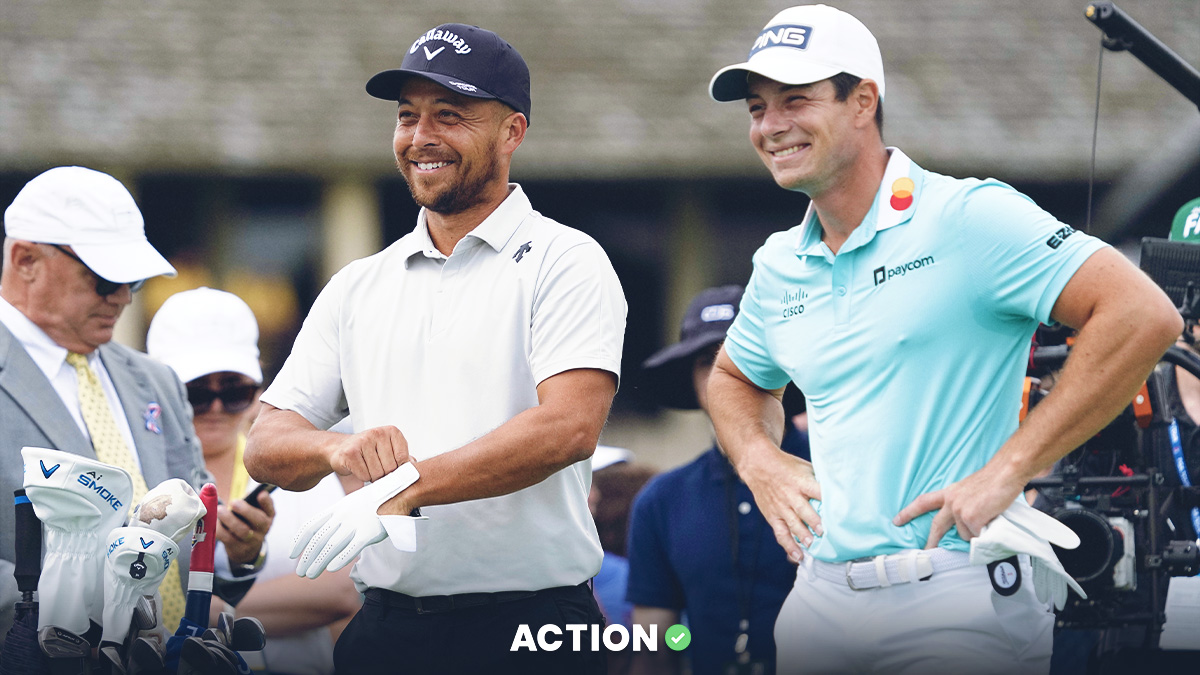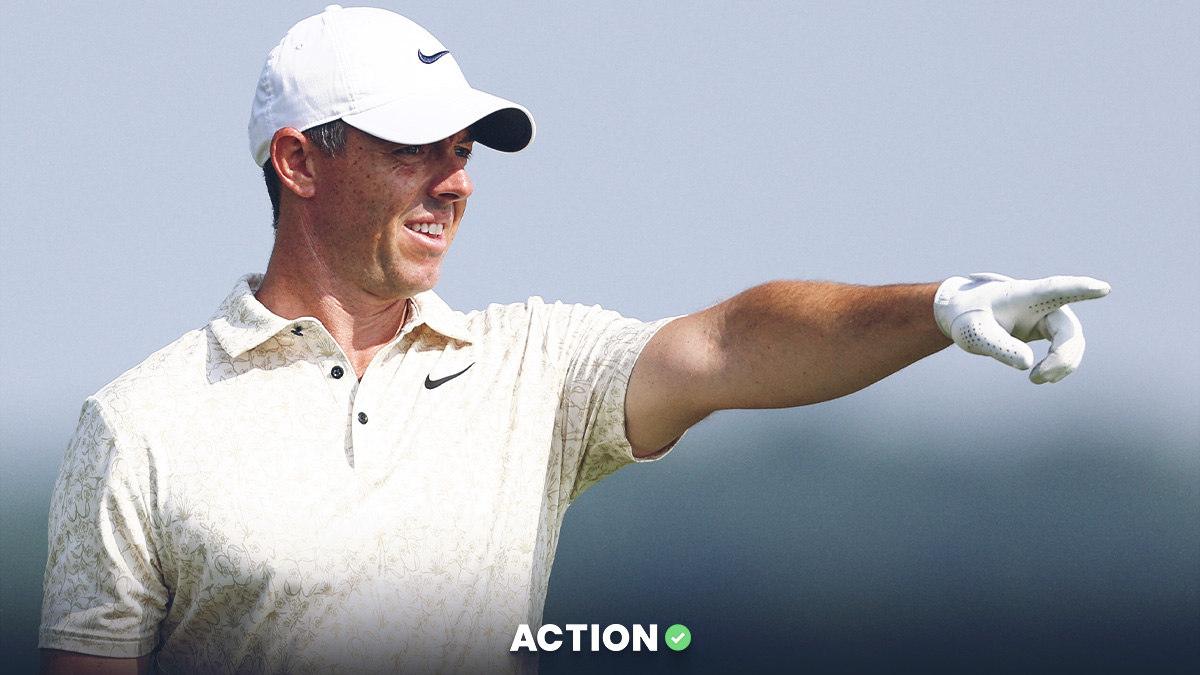We hear it every April or November or whenever the Masters is contested: This is the most predictable tournament of the year.
Well, that’s not exactly true.
If we really want to be scrupulous, the Tour Championship features a 30-man field with a staggered scoring start, which makes it fairly easy to prognosticate. The winners-only Sentry Tournament of Champions owns a similar field size, resulting in similar predictability.
Those are, of course, mere technicalities, as the original point might be a bit exaggerated, but the message still rings true.
As the theory goes, with 90 players in this week’s field, we can use the process of elimination to dismiss any amateurs, older past champions and one-hit wonders who don’t have the game necessary to claim a green jacket.
All of this certainly renders the Masters undoubtedly the most calculable of the four major championships, but it’s worth investigating whether the analytics support this narrative.
Follow along as we dive deep into 10-year Masters trends, examining the corollaries between pre-tournament odds and final results.
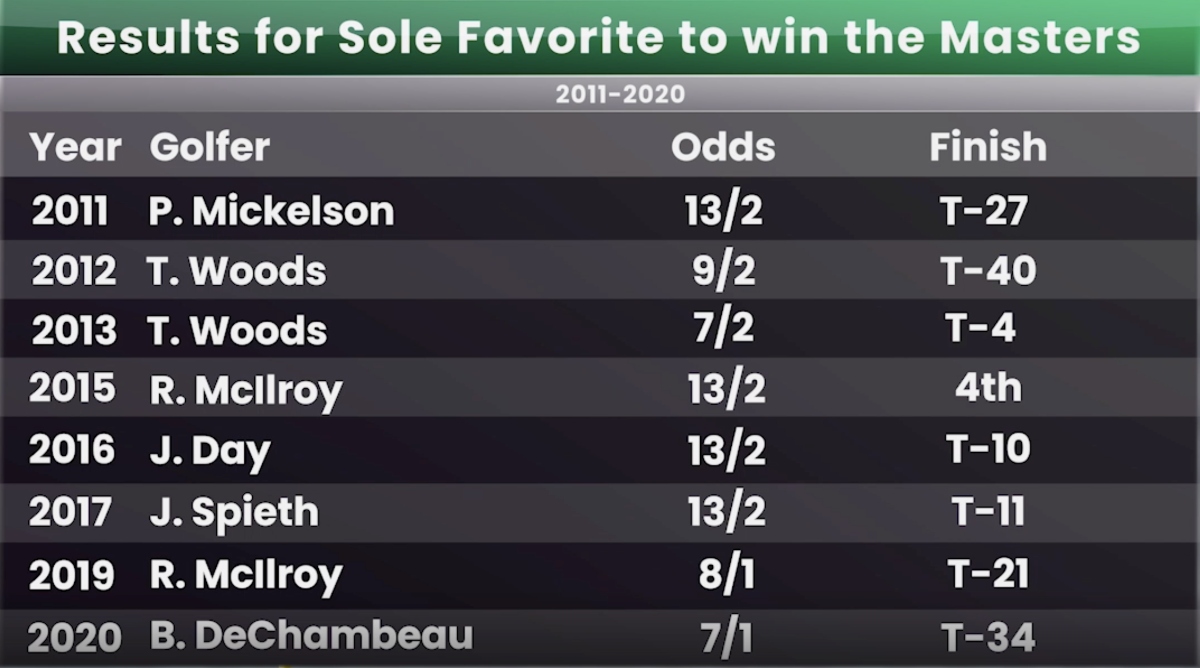
If there’s an initial kick in the teeth to the old “Masters is predictable” argument, it’s this: Over the past 10 years, there have been 13 pre-tournament favorites (obviously including some co-favorites), and exactly zero of them have won that week’s tournament.
There isn’t even a runner-up in the mix, although these favorites have posted four top-five results: Tiger Woods in 2013; Rory McIlroy in 2015; and Jordan Spieth and McIlroy as co-favorites in 2018.
And that’s the other side of this argument. While wins from the favorites haven’t been predictable, there is a pattern of at least some modicum of success.
None of these 13 favorites have finished worse than 40th place – that was Woods in 2012 as a 9/2 favorite, the second-lowest over the past decade. Other than Phil Mickelson in 2011, McIlroy in 2019 and Bryson DeChambeau last year, every favorite has cashed any conservatively wagered top-20 tickets.
What does it all tell us? Recent chalk has led to an 0-13 record for Masters outright plays, but there remains some value in taking these favorites for prop bets just a bit further down the board.
Correlating only the favorites to predictability is, of course, an incomplete errand due to the sample size. So, we went deeper, investigating the results of all players who were listed within the top-five on the pre-tournament odds board entering each of the last 10 editions of the Masters.
This is a group that includes 55 different instances of individual players, though many are year-after-year duplicates – including McIlroy, who’s been featured in the top-five every single time over the past decade.
It doesn’t take much research to know that Rory is indeed still chasing his first career green jacket, but he’s hardly alone on this list of those with short odds who haven’t triumphed.
Of these 55 instances, only Spieth in 2015 (second-favorite at 10/1), Woods in 2019 (third-favorite at 12/1) and Dustin Johnson last year (second-favorite at 8/1) have claimed this title.
Therein lies perhaps the greatest dissent to the narrative that the Masters is easily predictable. Again, of the 55 players who have been amongst the top-five favorites in the past decade, only three have won.
That said, these players have hardly flamed out, either.
Only Mickelson in 2014 (third-favorite at 12/1) and Justin Rose in 2019 (also third-favorite at 12/1) have failed to reach the weekend. The other 53 players have all cashed a check – and for the most part, it’s usually a large one.
On 34 occasions, these players have finished inside the top-20. Twenty-five times they’ve finished top-10. Seventeen times they’ve finished top-five.
All of which means if you’d placed a top-five wagers on every player within the five shortest odds in each of the last 10 years, you would’ve cashed nearly one-third of these tickets.
That also helps us adjust our thinking in terms of predictability. Maybe the favorites haven’t always – alright, ever – won during this time frame, but the better players, those with shorter odds, do tend to find a healthy amount of success at Augusta National.
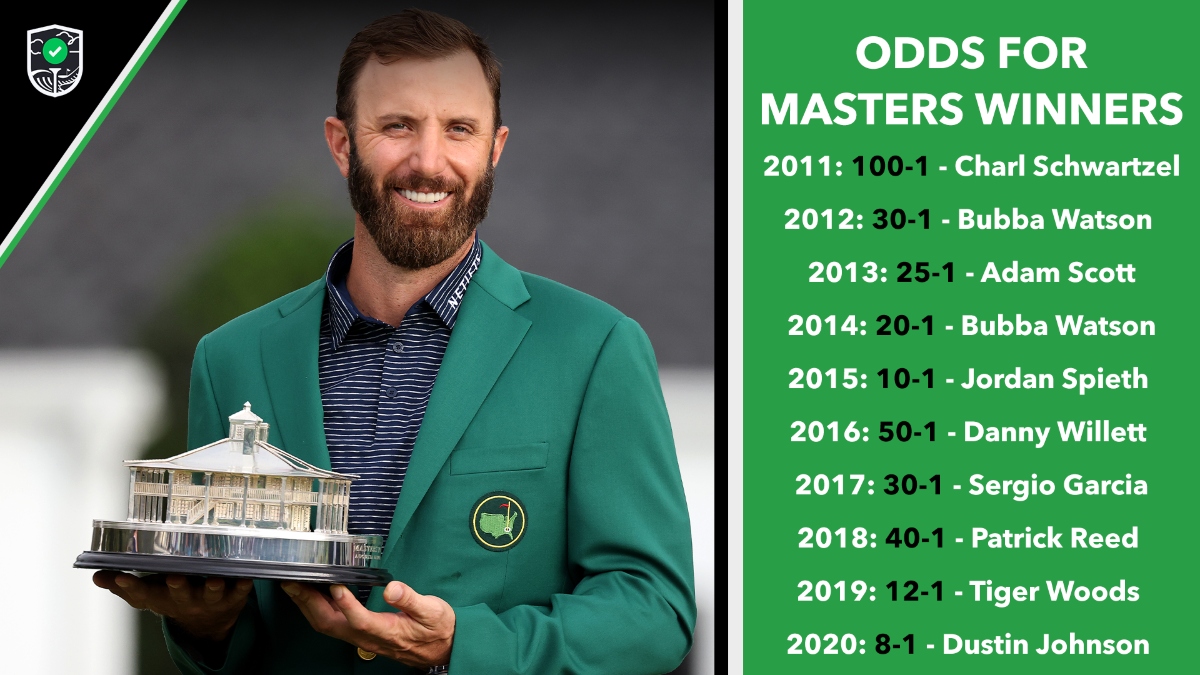
Alright, so you’ve already seen that recent Masters favorites haven’t won the tournament, but now let’s answer the inevitable follow-up question: What were the pre-tourney odds for these winners?
Like most winners’ lists, it’s an eclectic bunch.
Johnson owned the shortest odds for any winner in the past decade, cruising from 8/1 last year. The longest price was attached to Charl Schwartzel, who was 100/1 back in 2011.
In between them, both on the odds board and chronologically, were eight players of largely similar value.
They range from Spieth, who won from 10/1 in 2015; to Woods at 12/1 in 2019; to Bubba Watson at 20/1 in 2014; to Adam Scott at 25/1 in 2013; to Watson in 2012 and Sergio Garcia in 2017, each of whom was 30/1; to Patrick Reed at 40/1 in 2018; to, finally, Danny Willett at 50/1 in 2016, his price shortening mightily in the months leading up to that year’s tournament.
For those hoping to use some numerology to correctly pick this year’s champion, the average number for the past 10 winners has been 32.5/1. Take out the two outliers, and it’s just north of 27/1.
If you’ve annually placed outright bets on longshots at Augusta National, here’s hoping you at least nailed that Schwartzel play 10 years ago – and that it was enough of a profit to keep you afloat.
As you’ve seen, there aren’t many players with big prices who have slid their arms into a green jacket lately, but that doesn’t mean we should dismiss all longshot plays for this event.
In the past decade, there have been 61 players to finish top-five on a Masters leaderboard – which of course includes a handful of occasions when ties meant that more than a quintet comprised the top-five.
Of this number, 31 – just barely more than half – have opened with outright odds of 30/1 or shorter. Essentially, this confirms what we noted above: The better players tend to finish higher at this tournament, which should come as little surprise.
Perhaps the surprise here comes in the fact that high finishes are not solely the dominion of those with lower odds.
That’s because in this 10-year period, there have been a dozen players with triple-digit outright prices who have finished in the top-five.
Some of these players’ results you’ve undoubtedly long ago forgotten. Other names you’ll see and kick yourself for not having the foresight to have bet them at the time.
There was, of course, Schwartzel in 2011, but he wasn’t the only 100/1 to finish in the top-five that year; so did some young upstart named Jason Day. The next year, it was Peter Hanson at 125/1. The year after that, Marc Leishman at a somewhat inexplicable 300/1. And the following year, as you might not recall, it was Jonas Blixt at 250/1.
In 2016, two players finished top-five from a big number – Lee Westwood at 125/1 and J.B. Holmes at 150/1. Cameron Smith accomplished the feat two years after that from 150/1. And just in case you weren’t already kicking yourself for failing to bet some of these plays, Webb Simpson – yes, that Webb Simpson – was somehow 150/1 before finishing T-5 in 2019.
Lest you believe that the proliferation of golf betting has rendered such longshots improbable in recent years, just last November there were three players with triple-digit odds in the top-five – Sungjae Im at 100/1, Smith at 125/1 and Dylan Frittelli at 250/1.
Just in case those numbers above didn’t immediately leave you daydreaming about longshots this week, while also concluding that maybe this tourney isn’t as easy to predict as you’ve been led to believe, let’s keep digging a little deeper.
In the past 10 years, there have been 112 players who notched a top-10 at the Masters.
Once again, it’s a bit startling that 31 of these top-10 finishers – a somewhat whopping 27.7 percent – opened that specific week with triple-digit outright odds.
This group includes some of the bigger names listed above – Day, Leishman, Westwood, Simpson – but also players who were far off most radars before their solid result.
Bernhard Langer was 300/1 before finishing T-8 in 2014. Soren Kjeldsen was 500/1 when he claimed a share of seventh place in 2016. And just last year, C.T. Pan was a mammoth 1000/1 and finished T-7.
All of these numbers – about the favorites and the longshots, the winners and other top finishers – should lead us to a few conclusions about the Masters.
Is it the most predictable major championship? Without a doubt. As we’ve learned, though, predictability hardly means the chalk cashes every time – or ever.
It also doesn’t mean that longshots can’t cash tickets. Anyone who had the right combo of prop plays five months ago will gladly explain this.
The analytics might not fully back the narrative about betting the Masters, but they can help us learn what’s worked in the past and how we can use that to our advantage this time around.


